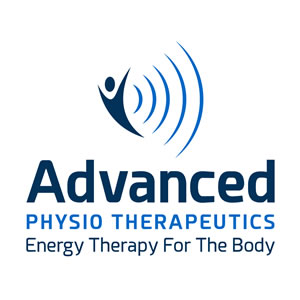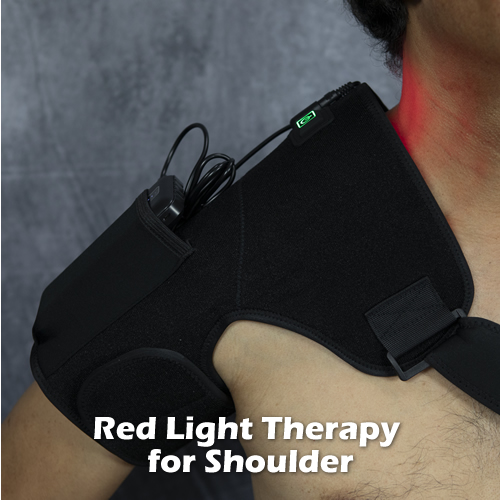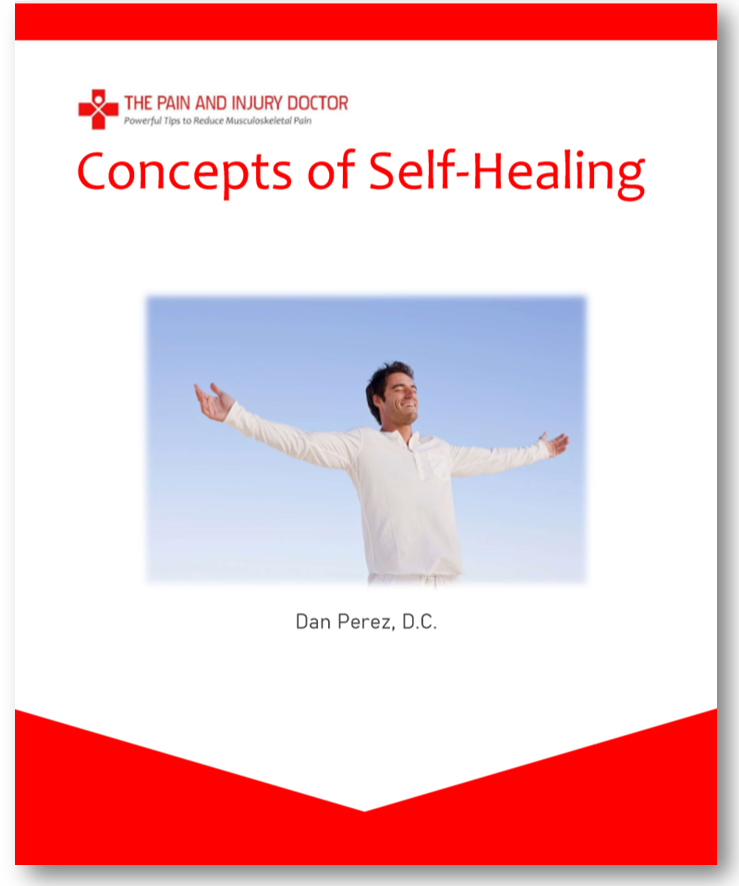The Bad Health Effects of Frequent, Prolonged Sitting
 I’ve been saying for many years that one of the best things you can do to improve your health is to be more active. And one of the ways to do it that is low tech and doesn’t require a heck of a lot of thought is making a conscious effort to stand more than you usually do throughout your day; especially for those who have sedentary desk jobs.
I’ve been saying for many years that one of the best things you can do to improve your health is to be more active. And one of the ways to do it that is low tech and doesn’t require a heck of a lot of thought is making a conscious effort to stand more than you usually do throughout your day; especially for those who have sedentary desk jobs.
When you stand, you burn more calories because you engage your erector spinae muscles, gluteal muscles and of course leg muscles. You can burn at least 100 more calories a day simply by standing for two hours more. It’s also better for your posture. And get this, other research says that sitting can cause your bad cholesterol levels to rise because it deactivates spinal muscles that prefer to burn fatty acids for energy.
A study just a few years ago revealed a positive correlation between hours spent sitting and premature death. The American Cancer Society study found that women who sit for more than six hours a day were about 40% more likely to die during the course of the study than those who sat fewer than three hours per day. Men were about 20% more likely to die. Now that is a risk factor that can easily be avoided.
If you have a desk job that requires sitting two or more hours straight, or is such that it is easy to get caught up in your work and sit for that amount of time or longer (common for software programmers, researchers, accountants and attorneys to name a few) you need to find a way to remind yourself to stand periodically and ideally do some simple exercises while you are at it, like squats, lunges or doing a couple of laps in your building’s staircase or stair well. Incorporating such a simple routine can have a huge impact on your health, now and in the future.
Lastly, check out this modern concept office workstation by Focus. It is much better for your back than traditional workstations that place max pressure on your lumbar discs, potentially increasing your chances of developing degenerative disc disease. The unique design of the Focus workstation results in much less pressure on your lower back and engages the spinal muscles and leg muscles more than a traditional chair with a back rest. This will allow you to work longer hours without as much risk. But still, it’s better to get off your butt every 20-30 minutes and walk to prevent the bad stuff from happening.



 foramen (canal), or space where the spinal cord resides. When there is less space for the spinal cord to move, it is subject to more abrasion with spinal movement; i.e. bending and turning your neck. The cord (actually, meninges or covering of the cord) rubs against sharp edges of the bony projections into the foramen with movement causing inflammation and injury to the nerve tissue, sometimes causing sclerosis (hardening). In advanced cases, especially cases of lumbar spinal stenosis (due to the more significant weight burden) the narrowing gets so advanced that there is constant pressure on the nerve roots. At this point, it is an emergency situation as renal function and sensation to the legs are affected.
foramen (canal), or space where the spinal cord resides. When there is less space for the spinal cord to move, it is subject to more abrasion with spinal movement; i.e. bending and turning your neck. The cord (actually, meninges or covering of the cord) rubs against sharp edges of the bony projections into the foramen with movement causing inflammation and injury to the nerve tissue, sometimes causing sclerosis (hardening). In advanced cases, especially cases of lumbar spinal stenosis (due to the more significant weight burden) the narrowing gets so advanced that there is constant pressure on the nerve roots. At this point, it is an emergency situation as renal function and sensation to the legs are affected. If you are suffering from pain, insufficient sleep can delay your recovery and even make your pain worse.
If you are suffering from pain, insufficient sleep can delay your recovery and even make your pain worse. If you are considering getting a cortisone shot for pain or allergies, I highly recommend that you do your due diligence in researching the safety of cortisone injections before you do it.
If you are considering getting a cortisone shot for pain or allergies, I highly recommend that you do your due diligence in researching the safety of cortisone injections before you do it.






